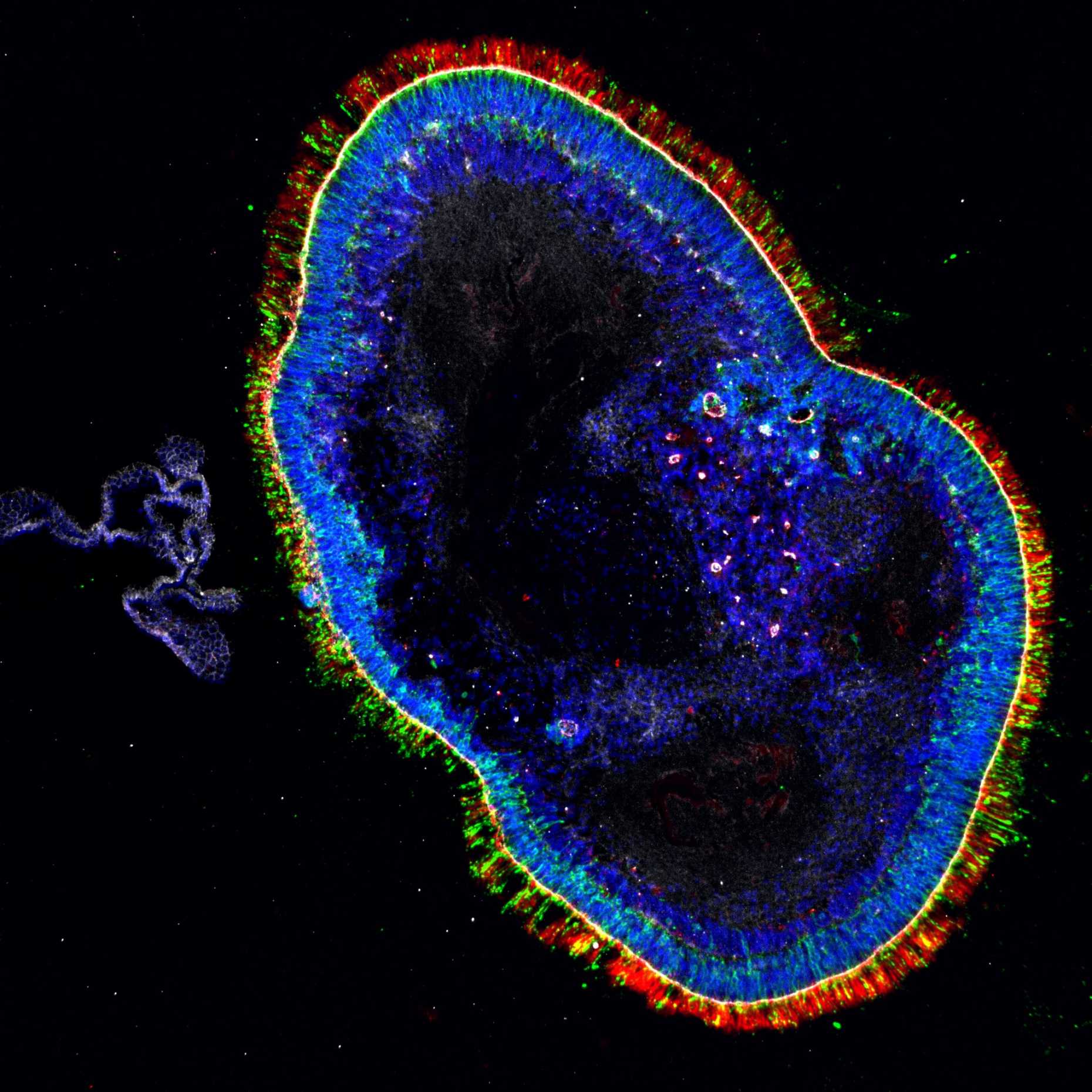Engineered organoids provide mechanistic insights into retinal diseases
In a study led by the Institute of Ophthalmology Basel, Roland Diggelmann from Hierlemann’s Bio Engineering Lab used high-density microelectrode arrays to perform electrophysiological measurements of in-lab grown human 3D retinal organoids and human retinas. Applying a broad variety of biological and technological tools, the authors of the study published in Cell found that retinal organoids are fully functional models for studying human retinal disease mechanisms and repair.

Find news article by the Bio Engineering Laboratory; external page news article by the University of Basel.
Find external page original article in Cell:
Cowan, C.S. et al. (2020) Cell Types of the Human Retina and Its Organoids at Single-Cell Resolution, external page https://doi.org/10.1016/j.cell.2020.08.013